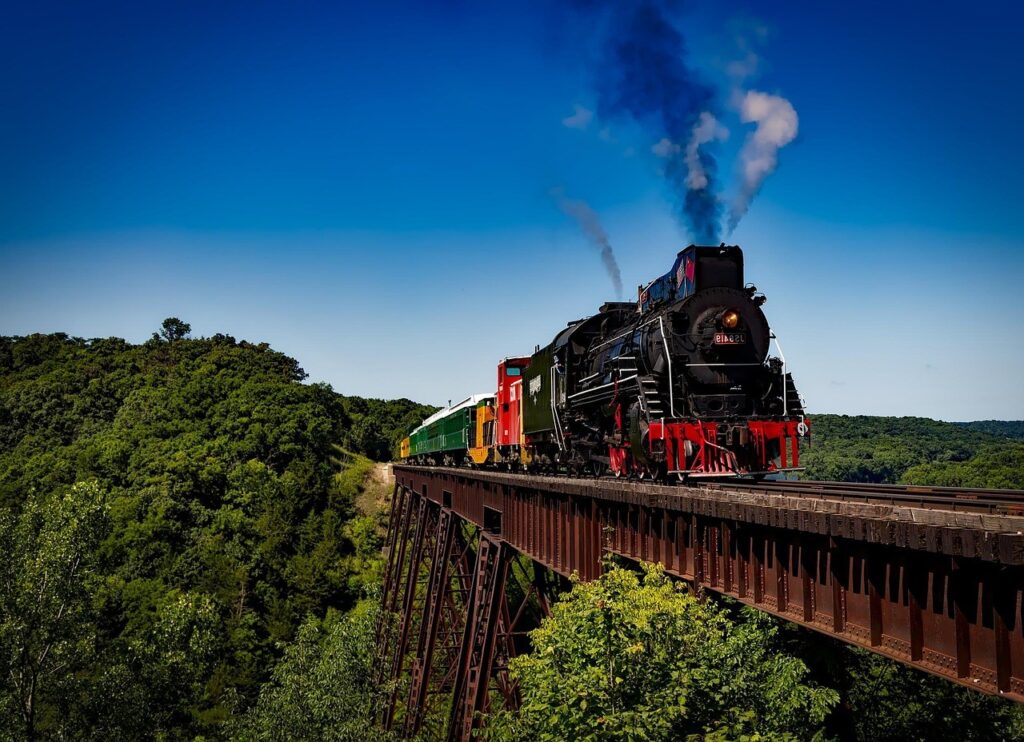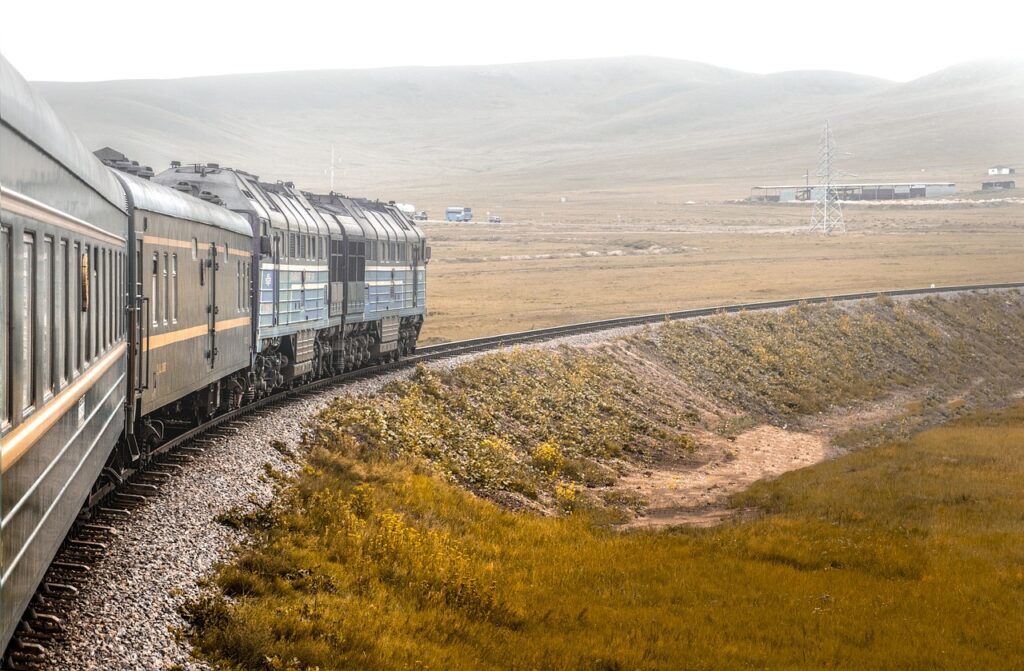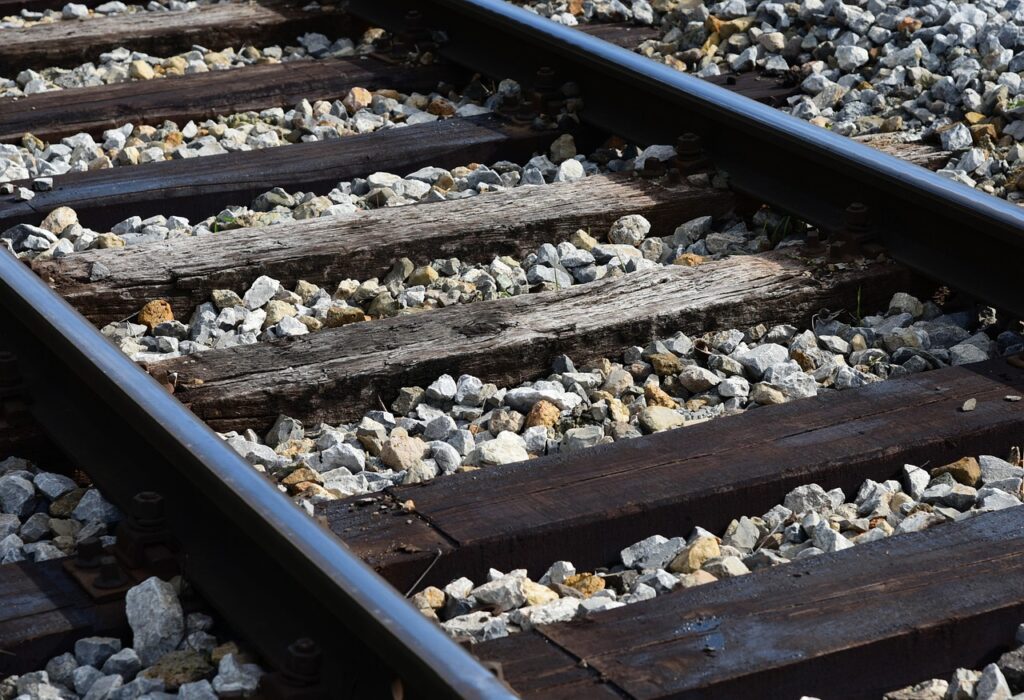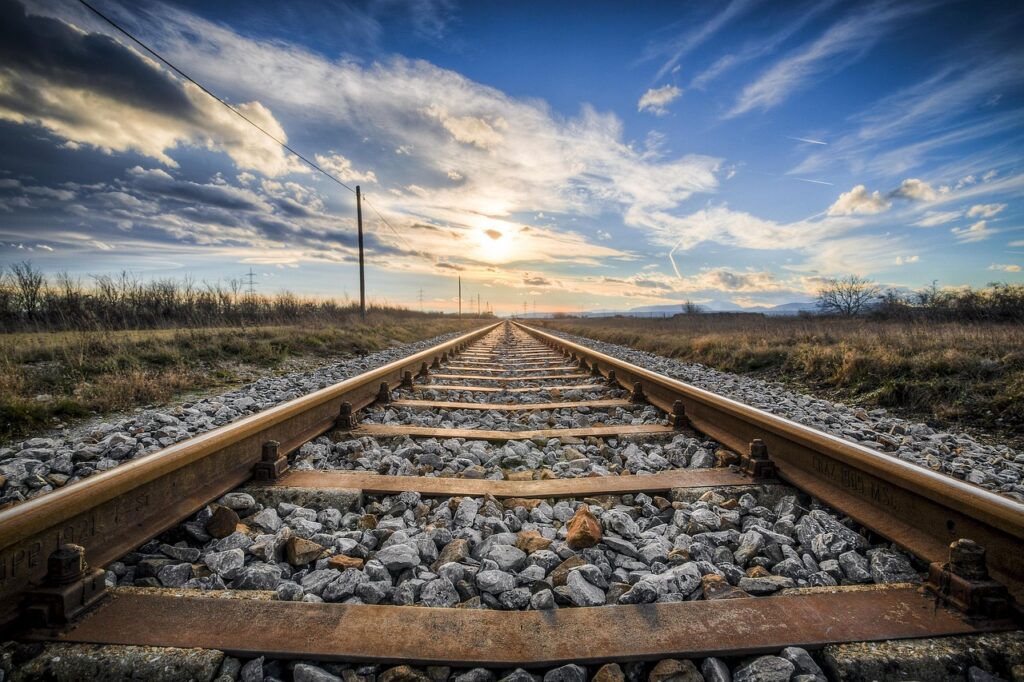Railroads play a crucial role in transporting goods and people across the country. Due to the size and speed of trains, accidents can have severe consequences. For that reason, understanding how railroads protect themselves with insurance is essential for everyone, from passengers to industry professionals. Railroads face many risks every day, and insurance provides a safety net when things go wrong. Understanding how insurance works for railroads can help people appreciate the careful planning that goes into each train trip. In the following article, you will learn how railroads insure against accidents and other disasters. You will also learn about the types of risks railroads manage and how they handle claims. Finally, you will get a glimpse into the future of insurance in the railroad industry.
The Basics of Railroad Insurance Coverage Explained
Railroad insurance serves as a safeguard against the financial consequences of accidents and unforeseen events. Many different types of insurance policies are available, and railroads often rely on a specialized mix to cover their unique exposures. Policies can protect against property damage, injuries to workers, public liability, and environmental harm. Because railroad operations involve heavy equipment and hazardous materials, insurance needs are complex and require specialized coverage. Very few other industries face such a wide range of possible incidents. Without insurance, a single accident could threaten a railroad company’s survival. Additionally, insurance enables railroads to meet the legal requirements established by governments and regulatory agencies.
Railroad insurance usually covers both first-party and third-party claims. First-party coverage helps railroads pay for damage to their own trains, tracks, and equipment. Third-party liability insurance, on the other hand, protects railroads if they are found responsible for injuries to people or damage to someone else’s property. Both types of coverage are necessary because accidents can cause harm both inside and outside the railroad’s own operations. Many insurance companies also offer specialized products designed explicitly for the railroad industry. For example, environmental liability coverage protects against spills of fuel or chemicals, which could have lasting effects on communities.
Railroads also purchase insurance to cover business interruptions resulting from accidents or disasters. When a train derails or equipment is damaged, it can take time to restore service. During that period, the railroad might lose revenue. Business interruption insurance helps cover these losses, which allows railroads to recover more quickly. As a result, insurance does more than just pay for repairs or settlements. It also keeps railroads running smoothly and helps them bounce back after tough incidents. As railroads face increasing risks, insurance remains a crucial component of their strategy for maintaining safety and financial stability.
Common Types of Risks Faced by Railroads Today
Every day, railroads encounter a wide variety of risks that could lead to accidents or financial losses. Derailments are one of the most serious threats, often resulting from track issues, equipment malfunctions, or operator errors. Additionally, collisions at railroad crossings continue to be a significant concern, particularly in densely populated areas or where visibility is limited. Environmental hazards also pose substantial risks, as trains sometimes carry chemicals or fuel that could spill during an accident. Weather events, including floods, snowstorms, and high winds, can cause track damage and disrupt service.
Vandalism and theft are also growing problems for railroads in many regions. People sometimes trespass on tracks or attempt to steal valuable materials, which can lead to dangerous situations and potential injuries. Cybersecurity has become another area of concern, as railroads adopt more digital technologies. Hacking attempts or system failures could interrupt operations or even create safety hazards. Because railroads depend on complex networks of signals and communication systems, any disruption can be costly and dangerous.
Employee safety represents another significant risk for railroads. Train crews, maintenance workers, and other staff face hazards every day on the job. Accidents can result in injuries, lost wages, and expensive workers’ compensation claims. Railroads must also consider their legal responsibility to passengers and the public in the event of an incident. Many accidents lead to lawsuits or regulatory investigations, which in turn add to the costs. Given these many risks, insurance helps railroads stay prepared for whatever challenges arise on the tracks.
How Railroads Choose Their Insurance Policies
Railroads take a careful and strategic approach when selecting insurance policies. The process usually begins with a detailed risk assessment. Safety managers and insurance experts examine past accidents, current operations, and possible hazards. After analyzing the risks, railroads work with insurance brokers to identify the right types and amounts of coverage. Because each railroad faces unique challenges, policies are often customized. Some railroads may focus more on property coverage, while others prioritize liability or environmental protection.
Price is an essential factor, but railroads also look at the reputation and experience of insurance providers. They seek partners who understand the industry and can respond promptly when accidents occur. Often, large railroads choose to spread their risks by purchasing coverage from several different insurers. Smaller companies may pool their resources through industry groups or buy insurance as part of a larger package. With numerous options, railroads must strike a balance between cost, coverage, and service.
Railroads also regularly review their insurance plans to stay up-to-date with changing risks. New technologies, regulations, or routes can all affect insurance needs. By updating their coverage, railroads make sure they are not left vulnerable as their operations evolve. Additionally, many railroads invest in safety improvements to reduce their insurance premiums. Better training, advanced equipment, and regular inspections all help reduce accidents and claims. Ultimately, careful policy selection is a key part of every railroad’s risk management plan.
The Claims Process After a Railroad Accident
When a railroad accident occurs, the claims process begins almost immediately. First, railroad staff report the incident to their insurance company and gather as much information as possible. Photos, witness statements, and maintenance records all help document what happened. Insurance adjusters then investigate the accident to determine the cause and estimate the cost of repairs or compensation. During this stage, good communication between the railroad and insurer is essential.
After the investigation, the insurance company decides whether the policy covers the accident and how much money will be paid out. Sometimes, claims can be resolved quickly, especially for minor incidents. In more complex cases, such as major derailments or lawsuits, the process can take longer. Lawyers and experts may need to get involved, and government agencies could also conduct their own inquiries. Throughout the process, railroads work closely with their insurers to provide updates and answer questions.
Once a claim is approved, the insurance company pays for repairs, medical bills, legal costs, or other covered expenses. Railroads use these funds to fix tracks, replace equipment, or settle with injured parties. Even after a claim is closed, the experience often leads to changes in safety practices or insurance policies. By learning from each incident, railroads aim to prevent similar accidents in the future. Ultimately, a smooth claims process enables both railroads and insurers to recover quickly and maintain uninterrupted operations.
The Future of Insurance in the Railroad Industry
As technology changes and new risks emerge, the railroad industry’s approach to insurance continues to evolve. Many railroads are adopting advanced safety systems, such as automated braking and real-time monitoring. These innovations can lower the number of accidents and help reduce insurance costs. At the same time, new threats, such as cyberattacks, require updated insurance products. Insurers are working with railroads to develop coverage for digital risks, data breaches, and system failures.
Climate change is another growing concern for railroads and their insurers. Extreme weather events have become increasingly common, resulting in more frequent flooding, fires, and storm damage. As a result, insurance companies must reassess how they price coverage and determine which risks to include. Some might introduce new policies that focus on resilience and disaster recovery. Meanwhile, railroads are building stronger infrastructure and updating their emergency plans to better prepare for and respond to natural disasters.
The future of railroad insurance will likely involve even closer partnerships between railroads and insurers. Both sides will need to share information, invest in safety, and respond quickly to new challenges. Regulations may also change, requiring more comprehensive insurance coverage or better risk management practices. The industry’s commitment to safety and innovation will help shape the insurance products of tomorrow. Everyone involved will need to remain flexible and be prepared to adapt. As railroads continue to connect communities and drive economic growth, insurance will remain a vital part of their success.
Conclusion
Understanding how railroads protect themselves with insurance reveals the care and planning that goes into every train journey. Railroads face a unique set of risks, including derailments and cyber threats, and insurance helps them mitigate the financial impact of accidents. By selecting the right mix of policies, railroads can effectively cover property damage, injuries, environmental harm, and other related risks. The claims process ensures that repairs and compensation happen as quickly as possible, helping railroads recover from setbacks. As technology advances and new risks emerge, both railroads and insurers must adapt to protect the industry’s future. Innovation in safety measures and insurance products will enable trains to run safely and efficiently. Climate change and digital threats will require new thinking and flexible solutions. Through strong partnerships and ongoing investment in risk management, railroads can continue to serve communities with confidence. Insurance is not just a safety net; it is a foundation for growth and resilience. With careful planning and cooperation, the future of railroad insurance looks both secure and promising.




